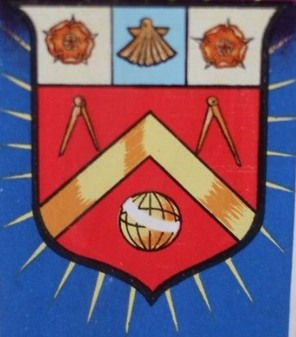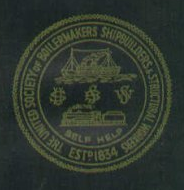Related Research Articles
In British politics, an affiliated trade union is one that is linked to the Labour Party. The party was created by the trade unions and socialist societies in 1900 as the Labour Representation Committee and the unions have retained close institutional links with it.

The Bakers, Food and Allied Workers' Union (BFAWU) is a trade union in the United Kingdom. Founded in 1847 in Manchester, it represents workers in the food industry.

A cordwainer is a shoemaker who makes new shoes from new leather. The cordwainer's trade can be contrasted with the cobbler's trade, according to a tradition in Britain that restricted cobblers to repairing shoes. This usage distinction is not universally observed, as the word cobbler is widely used for tradespersons who make or repair shoes.
The Union of Shop, Distributive and Allied Workers (Usdaw) is a trade union in the United Kingdom, consisting of over 360,000 members. Usdaw members work in a variety of occupations and industries including: shopworkers, factory and warehouse workers, drivers, call centres, clerical workers, milkround and dairy process, butchers and meat packers, catering, laundries, chemical processing, home shopping and pharmaceutical.

The Ceramic and Allied Trades Union (CATU) was a trade union representing pottery workers in the United Kingdom.

The Irish Transport and General Workers Union (ITGWU) was a trade union representing workers, initially mainly labourers, in Ireland.

The Amalgamated Engineering Union (AEU) was a major British trade union. It merged with the Electrical, Electronic, Telecommunications and Plumbing Union to form the Amalgamated Engineering and Electrical Union in 1992.
The National Amalgamated Stevedores and Dockers (NASD), sometimes referred to as the National Amalgamated Stevedores' and Dockers' Society, was a trade union in the United Kingdom.

The Amalgamated Society of Woodworkers (ASW) was a British trade union representing carpenters, joiners and allied trades. The ASW was formed in 1921 by the amalgamation of two smaller unions. It was itself merged into the Union of Construction, Allied Trades and Technicians in 1971.

The Amalgamated Society of Boilermakers, Shipwrights, Blacksmiths and Structural Workers (ASB) was a trade union in the United Kingdom. Many of its members worked in shipbuilding, in which industry it was the leading trade union, while over time it also developed strength in engineering and construction.

The National Union of Boot and Shoe Operatives (NUBSO) was a trade union in the United Kingdom which existed between 1873 and 1971. It represented workers in the footwear industry.
The General Council of the Trades Union Congress is an elected body which is responsible for carrying out the policies agreed at the annual British Trade Union Congresses (TUC).
Charles Freak was a British trade unionist and politician.

The National Union of Lock and Metal Workers (NULM) was a trade union representing workers involved in the manufacture of metal items in the United Kingdom.
The Amalgamated Union of Cabinet Makers (AUCM) was a trade union representing workers in furniture manufacturing in the United Kingdom.
The Amalgamated Society of Operative Lace Makers and Auxiliary Workers, also known as the Lace Makers' Society, was a trade union representing laceworkers in England.
George Sedgwick was a British trade union leader.
The Amalgamated Society of Leather Workers was a trade union representing tanners and workers involved in making leather goods in the United Kingdom.
John Judge was a British trade unionist, who was prominent in the Leeds labour movement, and briefly served as president of his union.
The International Federation of Boot and Shoe Operatives and Leather Workers was a global union federation representing unions of shoemakers and leather workers, principally in Europe.